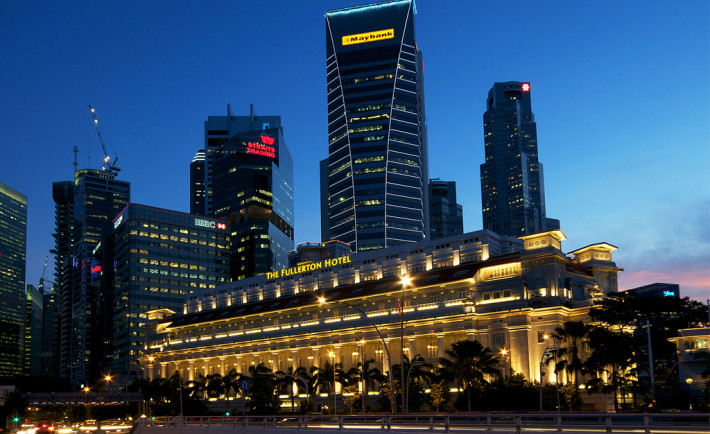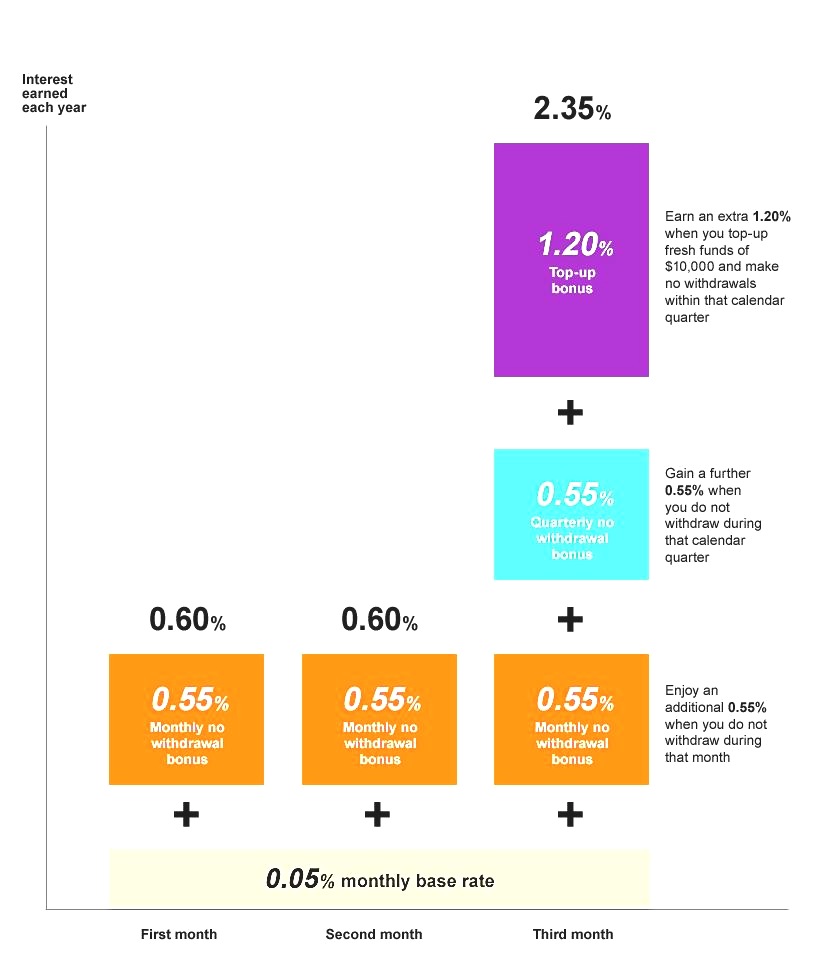WHY SHOULD YOU KEEP YOUR MONEY IN THE BANK?
1. Protection
A potent reason why people prefer to keep their wealth in the bank is its security. Keeping your money at home may increase the risk of it getting stolen or damaged by unforeseen events such as fire. The banks are equipped with facilities to guard your money the best they can possibly can.
2. Accessibility
With the modern times, banking had become easier. More and more banks allow online banking and even Smartphone Apps to help its users to transfer money with the stroke of their fingertips. No need to endure a long queue! Furthermore, you can access your money anywhere as there are ATMs nationwide.
3. Saving and Investing
The money you park in the bank will have returns depending on the yearly interest provided by your bank. Also, you can take the opportunity to grow your savings even more by investing it in the stock market through the bank’s investment services.
TRUSTED BANKS IN SINGAPORE
Singapore is one of the strongest developed countries all over the world. This is why aside from local banks; renowned International banks have branches located here. With a myriad of choices which, shall you trust your money with?
To answer this question, Focus Singapore, a website that provides useful information on travel, business, and education, had ranked the “Top Banks In Singapore”. This ranking is solely based on the available data and research. On that note, here are 7 of Singapore’s premier banks:
1. Developmental Bank of Singapore (DBS)
2. Post Office Savings Bank (POSB)
3. United Overseas Bank (UOB)
4. OCBC Bank
5. Standard Chartered Bank
6. Citibank
7. HSBC
These commercial banks include the functions of universal banking such as allowing deposits, provision of cheques, and other businesses authorized by the Monetary Authority of Singapore. With these transactions, you may encounter abbreviations such as GST (Goods and Services Tax) that you may not be familiar with.
That said here are 10 COMMONLY-USED BANKING ABBREVIATIONS that you may see on your bank account statement:
1. ATM: Automated Teller Machine
2. BGC: Bank Giro Credit
3. INT: Interest
4. DIV: Dividend
5. CD: Cash Deposit
6. CW: Cash Withdrawal
7. S/O or SO: Standing Order Payment
8. IFT: Internet Banking Fund Transfer
9. IBP: Internet Banking Bills Payment
10. SC: Service Charge
May these nuggets of knowledge help you in the future!














